November is finally here. It is the last bit we get from autumn. Leaves have almost completely fallen. It is getting colder but the yellow feeling we get when we walk around the town is still there. Fall is like a lover, it’s almost impossible to leave it behind. And when we think about November, the picture of liquid gold comes along with it. Like a sunset on a rainy day. Like citrine with its burnt amber color.
Citrine stems from the Latin word for ‘Lemon.’ Its color captures the feel of the passing of Autumn. What gives citrine its gorgeous yellow color is the iron impurities. Citrine has a deep-rooted history. It is found in the 300-150 BC in the Hellenistic Age. People used citrine in daggers, swords, and even religious objects to enrich their purposes and to provide protection and prosperity.
Citrine gemstone is a great choice for jewelry, not only with its distinct color but also its durability. Citrine is a transparent variety of quartz and it is mostly heat-treated amethyst or smoky quartz. Like other quartz citrines, it has a score of 7 out of 10 on the Mohs Scale of Hardness. It means that this semi-precious gem is alluring, budget-friendly, and durable for daily wear. The most sought-after citrine is Madeira one. Its color ranges from golden orange to reddish-brown. Also, Brazil, Uruguay, and Russia are the primary countries for citrine.
WHAT DOES CITRINE SYMBOLIZE?
It is impossible to think of citrine without its positive aspects. Various societies believed that it brought luxury and prosperity to its bearer due to its golden hue and because of that, it earned a second name as the ‘Merchant’s stone.’ Furthermore, people associated citrine with Demeter, the Greek goddess of the harvest.
Other than that, citrine gets all its powers from its unique color. It helps with mental healing and comfort. It provides a clear focus on joy and positive energy. It also activates intuition and inspiration. And it is one of the two self-cleansing stones, so it makes your life easier when it comes to cleaning excess energy.
CITRINE JEWELRY
With other gemstones gaining popularity, citrin got lost for a few decades. But thanks to Queen Victoria herself, it gained its popularity back. Queen Victoria, according to historians, loved colored gemstones. Because of her admiration for it, royalty started to use citrine in Scottish accessories like kilt pins and shoulder brooches.
In the 20th century, it became even more popular due to the emergence of Art Deco. Not only on accessories but in interior designing as well. Its gauzy shine brought fame to it. Because of the rarity of its natural form, most citrine stones are mostly heat-treated amethysts but citrine can also be found combined with amethyst which is called Ametrine.
Citrine’s shine is what makes it unique. It can blend well with both autumn leaves and summer warmth. Citrine proved its ageless beauty by rarely coming off the top through centuries and it will continue to do so. Let this be a sign for you to add citrine-embedded jewelry to your collection. We hope you enjoyed reading all about the citrine gemstone. Do not forget to check out our other birthstone blog posts and website for more dazzling jewelry!

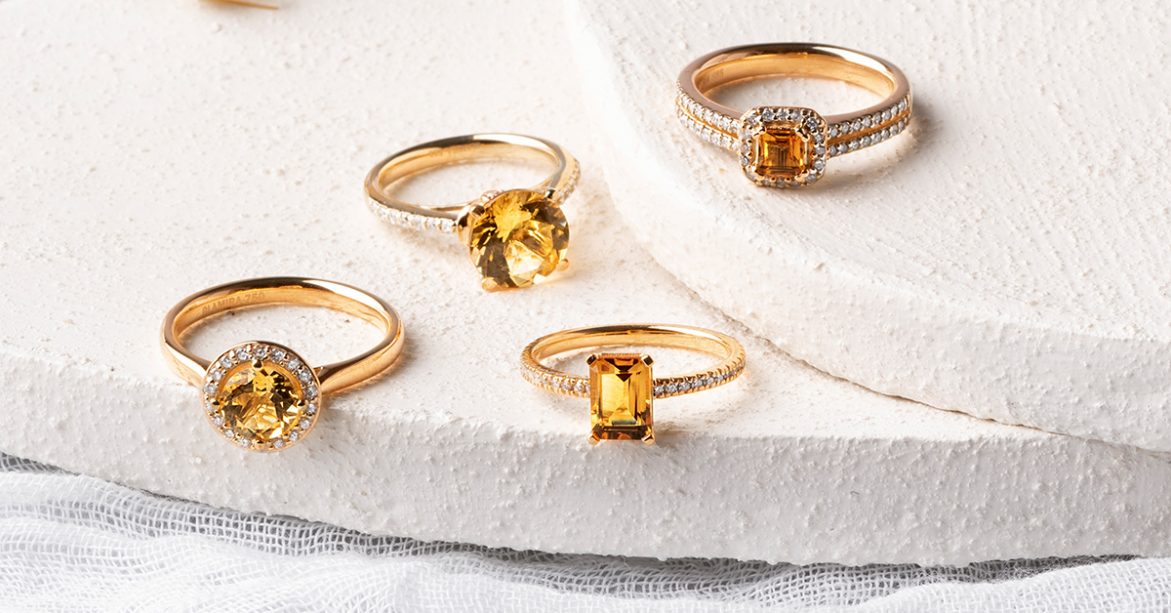
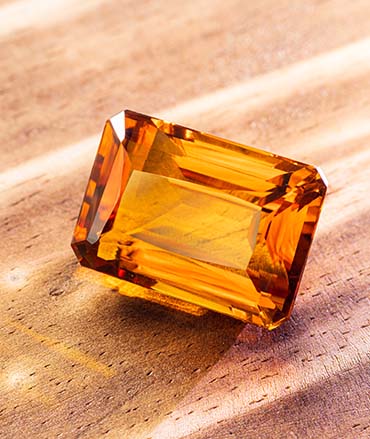

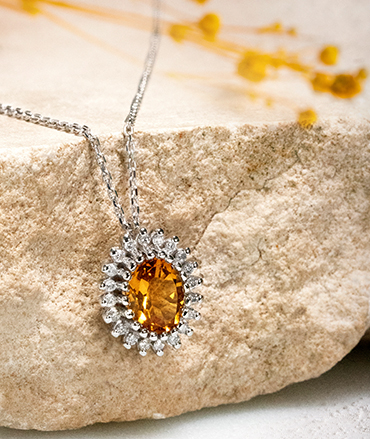
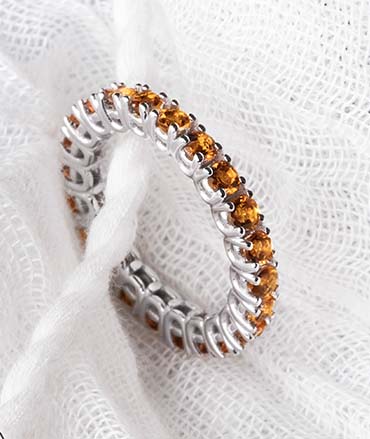
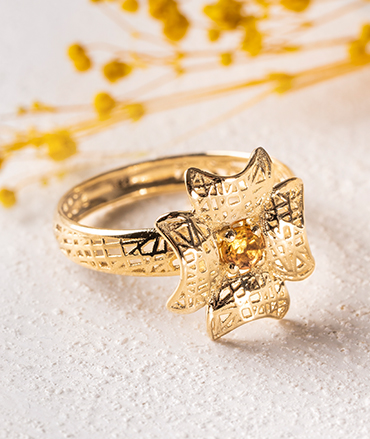
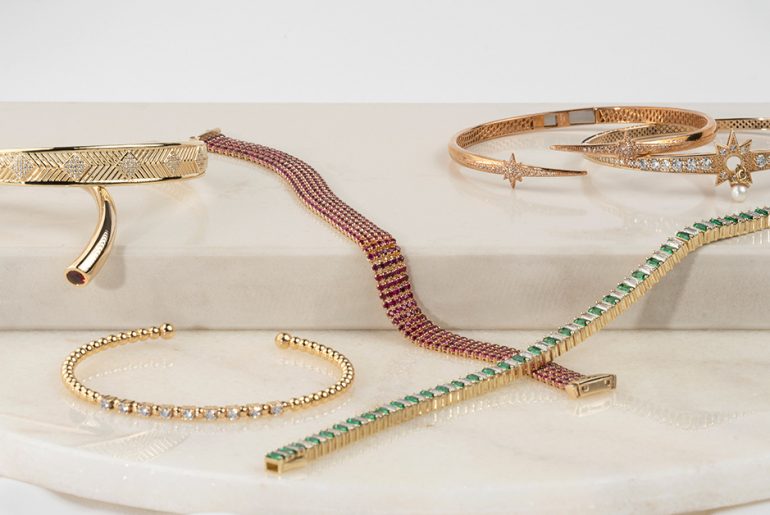
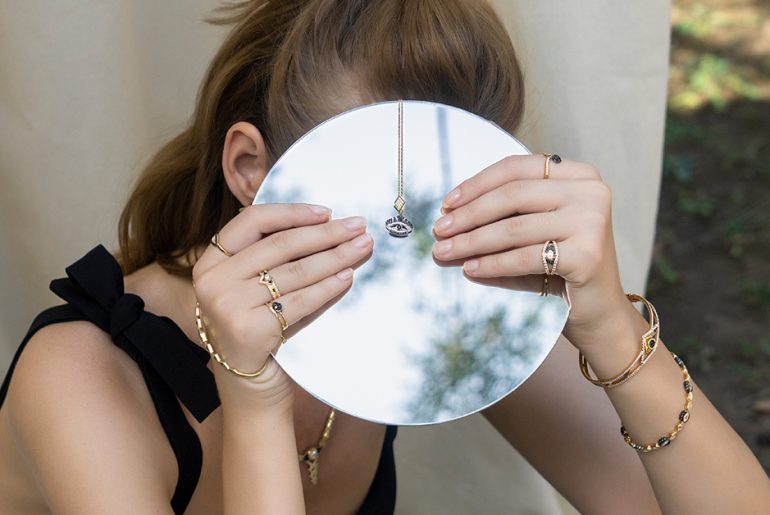
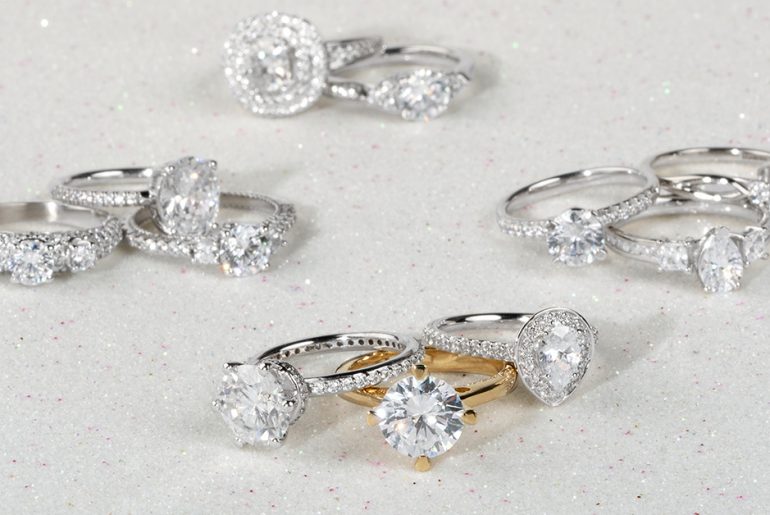
Comments are closed.